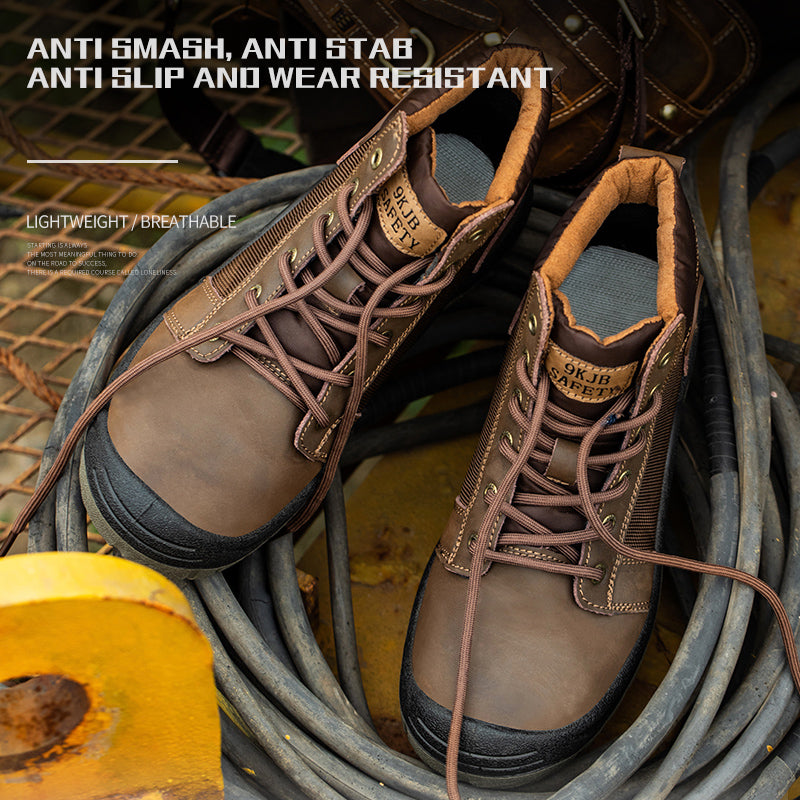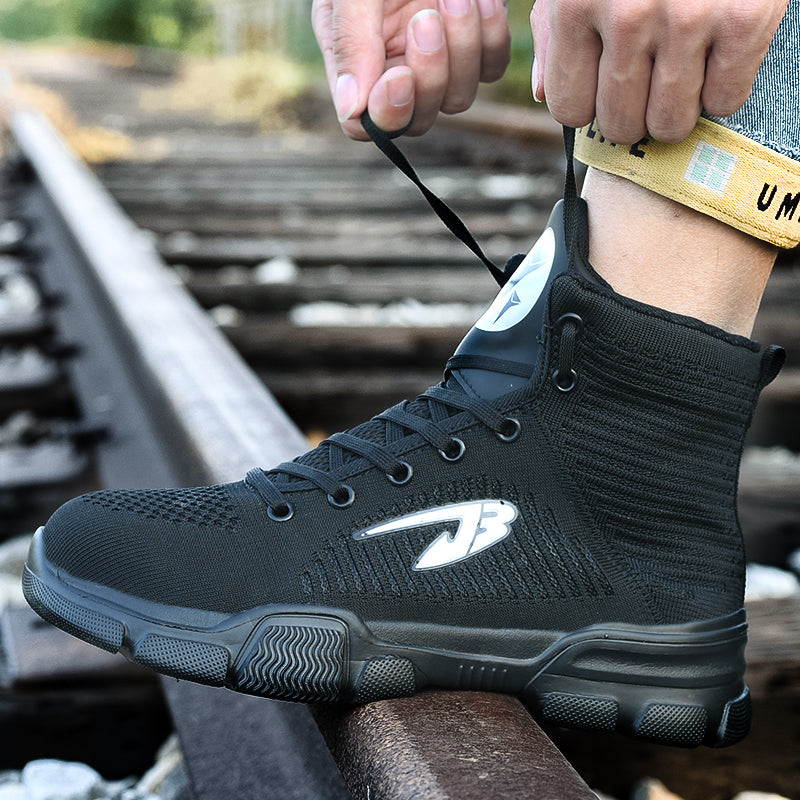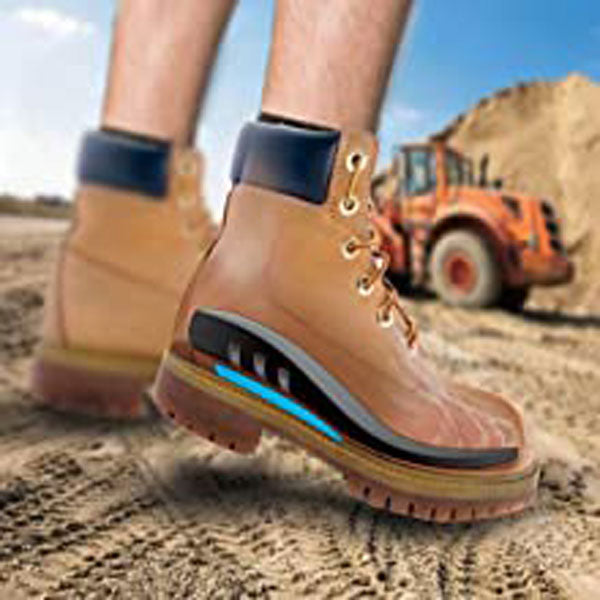Stop!
If you own or run a business that carries any kind of hazard or risk to employees, visitors or members of the public…
Then you NEED to be using safety signs to let people know about potential dangers.
Using safety signs is a super quick and cost-effective way of letting people know about hazards in certain areas.
Wondering where these safety signs should be used?

Here are some of the most common areas where signs should be used:
- Any areas that feature a risk of injury, including severe and potentially fatal, such as a risk of falling objects or uneven ground
- Areas where the hazards aren’t visible or immediately obvious, even to a worker, like radiation, strong electromagnetism or irritating chemicals
- Any areas where asbestos is confirmed, suspected or has been recently removed from
- Areas where vehicles like forklift trucks, mobile cranes and other heavy machinery can suddenly appear
- Any areas that contain or feature potentially dangerous chemicals, goods or substances including toxic chemicals or highly flammable compounds
If your in a business that fits the criteria stated above…
Using effective safety signs should be one of your top priorities. Not only will it protect your workers from getting injured, but it will also prevent you from getting sued by the general public.
And we’ve all heard of at least one horror story where someone fell victim to an expensive lawsuit for such a simple mistake.
To avoid lawsuits altogether…

Regulate Lighting and Temperature
Let’s quickly go over 6 ways to ensure your safety signs are taken seriously:
#1) Use simple, immediate language
Keep the message to just a few words... you want to alert people to the danger right away. The shorter it is, the better.
#2) Make sure the sign is in the right place
Place the sign by the hazard so people don’t forget about it by the time they get to the danger area.
#3) Use vivid colors
If a hazardous area is a life-and-death situation, it’s crucial that your sign is seen and noticed.
#4) Sign should be visible from a distance
The sign should have crystal clear visibility so people can prepare for the hazardous area.
#5) Make sure workers read and understand ALL of your safety signs
Explain what the signs mean to your new employees so they understand the precautions they must take before operating machinery in the area.

Don’t forget to constantly remind your workers to wear protective gear such as safety shoes to keep them protected in every way. The safety of your workers and the general public should be your #1 priority.
Following these tips can almost guarantee that you don’t fall victim to an expensive lawsuit.
So spend the extra couple minutes getting an effective sign out there.
It will save you in the long run!







